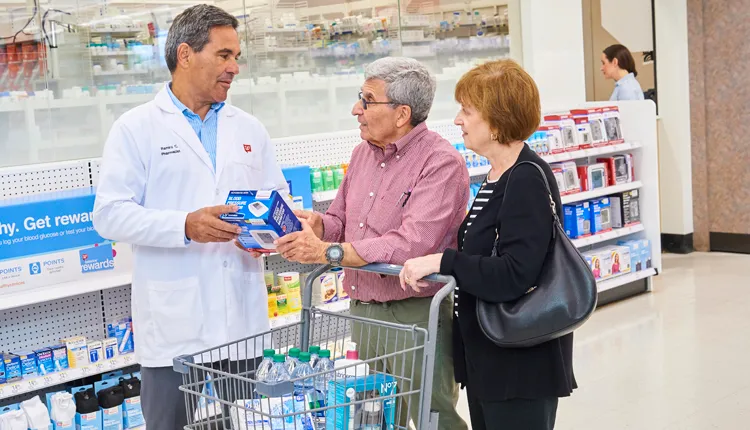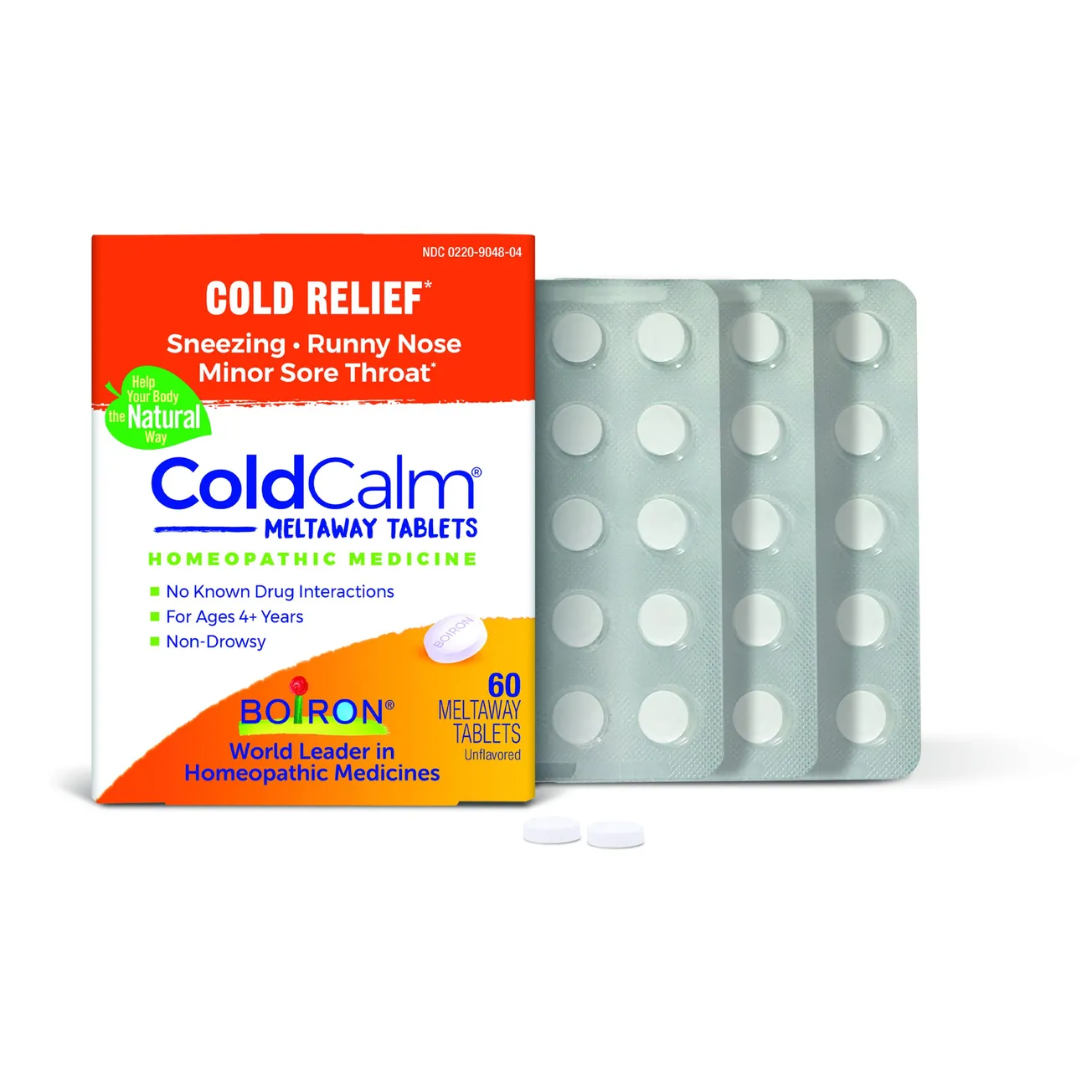Once upon a time in America, the nation’s three most important drug chains — CVS, Rite Aid and Walgreens — succeeded as much for the zeal, creativity and accomplishments of their chief merchants as for the directions provided by their senior management.

Indeed, it was a time when people like Vern Brunner, Chris Bodine and Jim Mastrian defined the retailers for which they successfully toiled. Those who were there will never forget the ways in which their collective presence transformed the often dreary Housewares show, then held in January, into a coming-out party that effectively inaugurated the new year. Or the almost magical way that their appearance at the NACDS Annual Meeting added a critical merchandising element to what was formerly largely a social occasion.
Who can forget Brunner’s twice-annual excursions to Asia in search, almost always successfully, of that elusive item that his company would then market, merchandise and sell to a consumer audience always ready to sample the newest, the greatest, the most unusual product on Walgreens’ shelves.
Indeed, those were the days when merchants drove the business, when a meeting with Chris Bodine or Jim Mastrian alone justified a trip to Providence or Harrisburg. And even if these meetings didn’t materialize, these senior merchants surrounded themselves with staffs of professionals, always ready to listen, to say yes, to try out a new concept, a new idea, a new product, a new category. In short, the merchants ran the ball clubs at Walgreens, CVS, Rite Aid.
Times have changed. The merchants at these retailers today are largely nameless, faceless individuals whose primary function is to discourage new concepts, new ideas, new directions — and new products. Today’s chain drug store, more often than not, is characterized by a merchandise assortment largely kept locked up to discourage theft, accompanied only by a sign urging customers to “ring the bell” for service. When a hopeful shopper rings the bell, likely as not, no one shows up.
If the three major drug chains often find themselves struggling these days, a primary reason is an absence of excitement, of experimentation, of first-to-market items — of exceptional merchants. Ask Bodine to visit a CVS today, ask Mastrian to drop into a Rite Aid, ask Brunner (if it was possible) to call on a Walgreens, and the odds are they would be disappointed. They would likely unlock the doors hiding the merchandise, decry the lack of new products, bemoan the absence of excitement — and condemn the situation where one of these retailers follows the other two — hoping the first one has the answers.
Retailing was and will always be all about excitement — the excitement of something new, something different, something … well … exciting. But, to end this piece on a (somewhat) happy note, if this is a challenging time for Walgreens, CVS and Rite Aid, it is also a time of unique and unqualified opportunity. It is the perfect time for a new Vern Brunner, Chris Bodine or Jim Mastrian to step up, open the door to new opportunities, and loudly ask: “Is this the best we can do”?
If the answer is No, as it should be, the first important step on the road to new excitement and new opportunities will have been taken on the road to new and unprecedented success.









